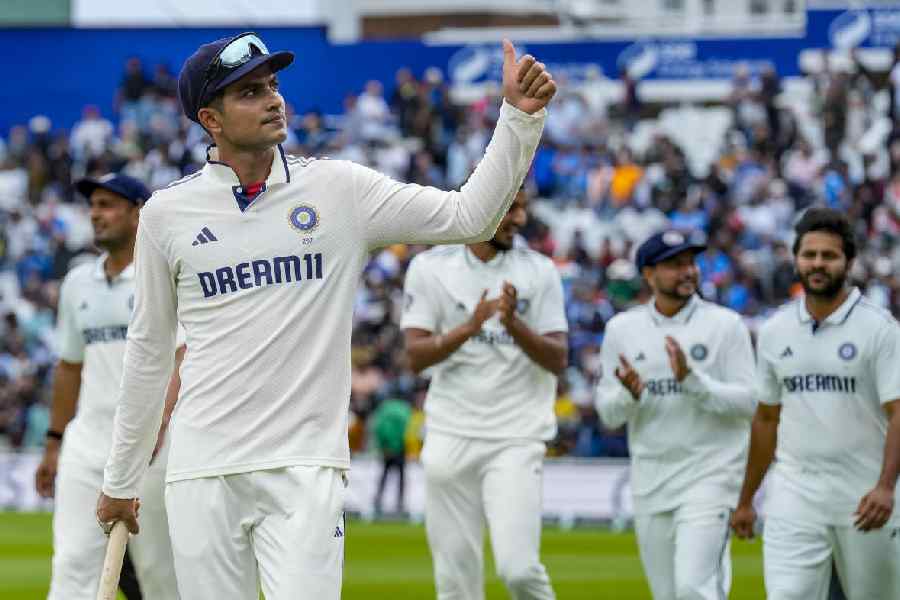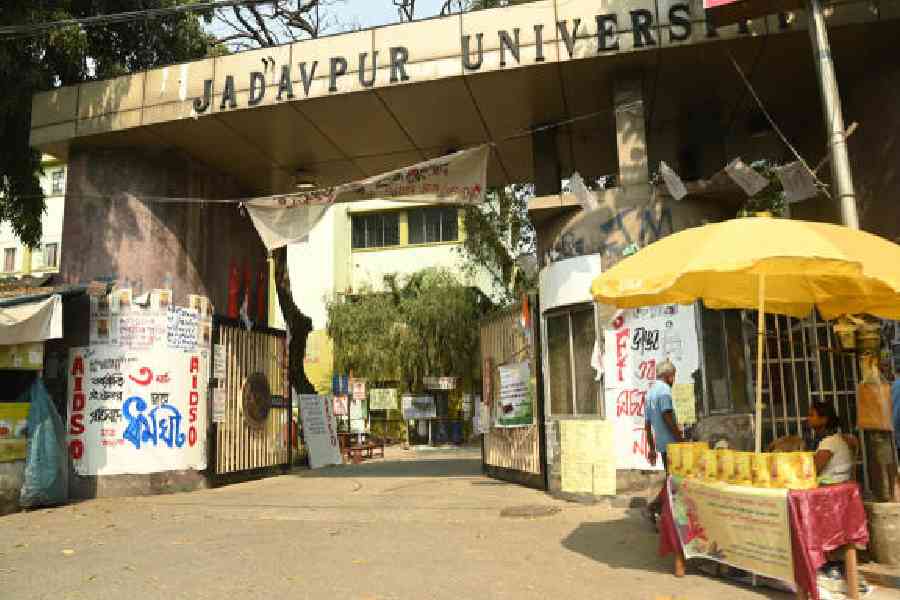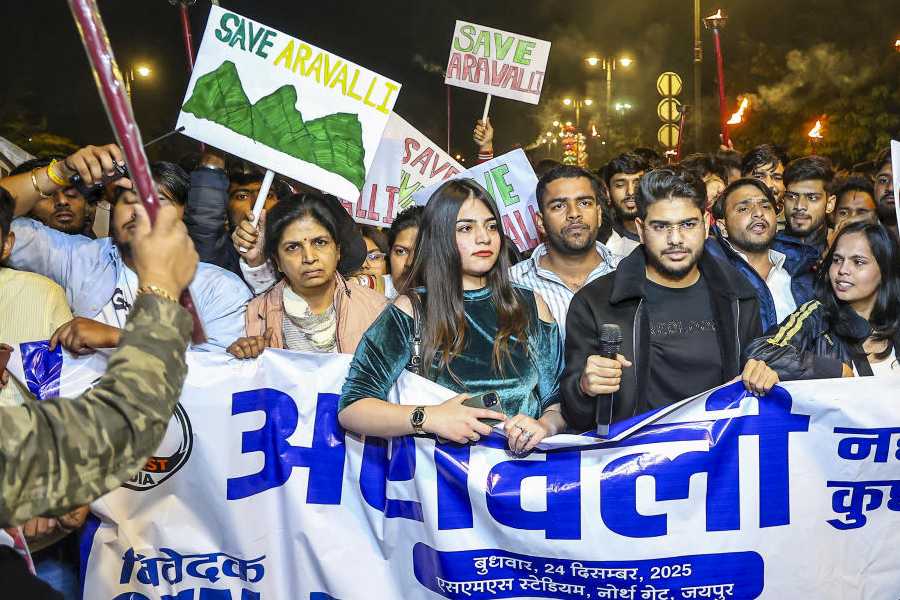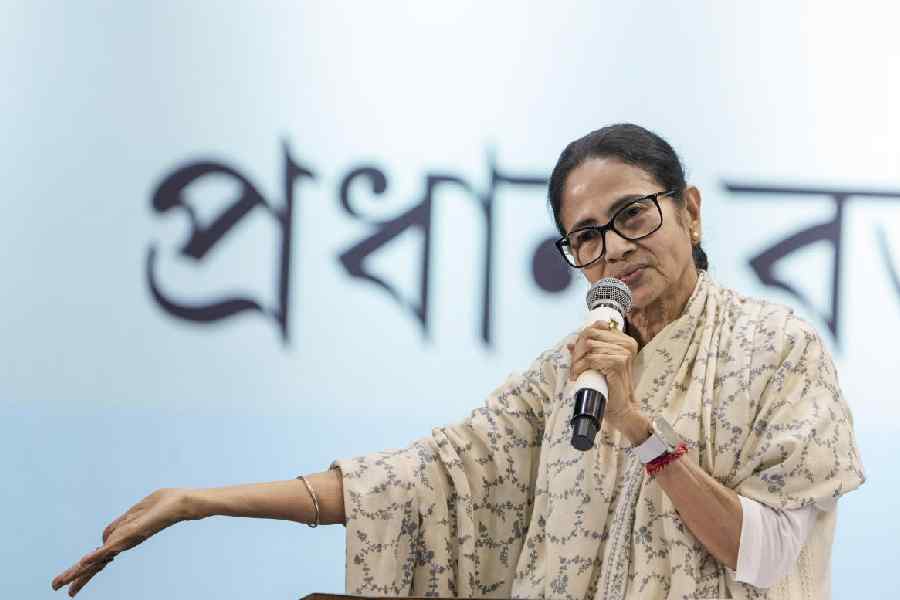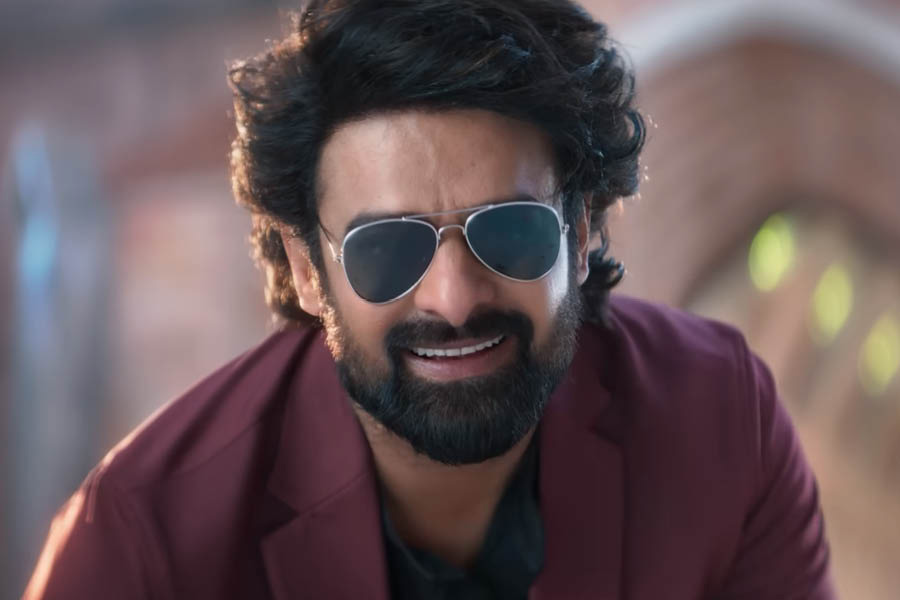
The much awaited reshuffle in the Narendra Modi government's council of ministers - billed to be the last before the 2019 general elections - has not been a blockbuster, except for the elevation of Nirmala Sitharaman as the new defence minister.
The real significance of the reshuffle, arguably, lies not in the changes it brought about in the government but the signal it sent out about the new power dynamics in the ruling Bharatiya Janata Party. The manner in which the reshuffle was executed marked one more step in a process that has been gathering steam for some time now - the replacement of singular supremacy by a formidable duopoly.
Narendra Modi, without doubt, is still the foremost mass leader and principal vote catcher for the BJP. But for the party's rank and file today, Amit Shah is almost equally important - and certainly more fearsome - because it is he who seemingly decides their fortunes and can make or break them.
This was more than evident to anyone seeking a bit of information in the run-up to Sunday's reshuffle. The stock answer was "no one knows anything, no one but the two". In his occasional interviews after taking over as BJP president, Amit Shah used to frown at the media's use of the term "Modi-Shah duo" or "Modi-Shah combine". It may have been premature journalese then; it is now a standard expression uttered - or, rather, whispered - by members of the ruling regime.
Some may argue that duopoly is not new to the BJP and point to the reign of Atal Bihari Vajpayee and L.K. Advani who, for a long time, were the indisputable Big Two. But those were different times and they were different men. The BJP was not the powerful machine it now is; nor did it enjoy the kind of complete political dominance it now does.
But whether it was circumstance or personality, the Vajpayee-Advani duo did not exercise anywhere near the control that Modi and Shah do. For one, there was a host of senior leaders who formed part of the "collective leadership" that the party took great pride in. On the organizational front, there were stalwarts such as Sunder Singh Bhandari and Kushabhau Thakre, Krishan Lal Sharma and Kidar Nath Sahni, and even the likes of J.P. Mathur and Pyarelal Khandelwal who were part of a collegial style of functioning.
While Vajpayee tended to be aloof from the nitty-gritty of party matters, Advani's organizational style was more avuncular than autocratic. Even his bitter ideological adversaries would concede that Advani had the rare gift of spotting and nurturing young talent. He groomed an entire generation of young men and women - Pramod Mahajan, Arun Jaitley, Sushma Swaraj, Venkaiah Naidu, K.N. Govindacharya, Ananth Kumar, Uma Bharati, and yes, Narendra Modi - who were to rise to top positions in government and party.
With the advent of Narendra Modi on the centre stage of the BJP in 2013, and following the spectacular victory of the party under his leadership in the summer of 2014, the era of collective leadership came to an abrupt end.
The few surviving elders in the party, including Advani and Murli Manohar Joshi, were pensioned off to an old age home called "Margdarshak Mandal", their guidance never sought even once since.
And Modi's contemporaries were neither treated nor regarded as his peers anymore. Rajnath Singh is technically Number Two in the cabinet but is hardly the political heavyweight he was considered to be. Sushma Swaraj, once a shining star in the BJP firmament, is today known more for her quick Twitter response to distressed Indians overseas. And Arun Jaitley, who steadfastly backed Modi after the Gujarat riots and remained his friend in Delhi, has not acquired any extra clout - at least none that BJP members can see.
Amit Shah is the exception. He is the one man who has grown - or has been allowed to grow - to a much bigger stature than he enjoyed less than four years ago. The key reason - BJP insiders insist - is the absolute trust Modi reposes in Shah, a trust that has been honed over decades of working together in their home state of Gujarat.
According to party lore, Shah - who attended RSS shakhas as a young boy - first met Modi when he was a teenager. Modi, then an RSS pracharak 14 years his senior, must have seen the boy's potential and took him under his wing. The two of them are credited with decimating the Congress edifice in rural Gujarat and taking over the powerful Congress-controlled cooperatives after the BJP first came to power in the state in 1995.
Modi moved to the party headquarters in Delhi soon after, but he kept his links with Shah. Modi helped him get the ticket to fight a by-election from the Sarkhej constituency in Ahmedabad in 1997. Shah went on to win the seat in the next four elections. Modi became chief minister of Gujarat in 2001. After winning the 2002 elections, he made Shah a minister in his cabinet, giving him choice portfolios, including the coveted home ministry.
Critics within and outside the state BJP regarded Shah as Modi's henchman and his reputation of being menacing and ruthless acquired traction when the Central Bureau of Investigation accused him of playing a role in the fake encounter killing of Sohrabuddin Sheikh, his wife, Kausar Bi, and his associate, Tulsiram Prajapati. Shah was arrested in 2010 and under court orders was exiled from Gujarat for two years - when he moved to Gujarat Bhavan in Delhi. After getting bail from the Supreme Court in September 2012, he contested and won the Naranpura seat in Ahmedabad later that year.
But it was only after Modi was anointed the BJP's prime ministerial candidate in 2013 that Shah's star began to shine again. The CBI court discharged him in the encounter case in 2014. But in 2013 itself, Rajnath Singh appointed him national general secretary and gave him the charge of Uttar Pradesh.
Shah's reputation as an "election winning machine" got a big boost when the BJP won 73 out of the 80 Lok Sabha seats from UP and his meteoric rise began after Modi became prime minister. Unmindful of the convention of not having the prime minister and the party president from the same state, Modi made Shah the BJP chief in July 2014.
Shah sealed his reputation as an ace "election strategist" by winning a string of states, effectively harnessing the continuing popularity of Narendra Modi through the skilful deployment of resources, manpower and indefatigable zeal and energy.
The BJP's spectacular victory in the UP assembly elections six months ago seems to have marked a new stage in Shah's growth as a leader. This is evident from the spate of adulatory articles written by the party faithful after Shah completed three years in office in July and crowned it with a Rajya Sabha seat in August. Shah, his new band of admirers claim, is not just a "strategist" but also an ideologue; not just a party builder but a visionary. And whether it is the choice of the Uttar Pradesh chief minister or the president of India or the composition of the Union cabinet, Modi consults and listens to Shah and no one else. Or so is the perception shared widely within the party.
Not everyone is happy with the complete stifling of inner party democracy in the BJP. But so long as the Modi juggernaut, oiled by Shah, keeps winning elections and dominating the Indian polity, no one has the courage - or the inclination - to complain. With Modi focused on becoming a "world statesman" and the "most popular prime minister since Independence", it is Shah they have to deal with on matters more mundane and immediate.
Modi remains the party's supreme leader for now. But Shah has proved that he is no Sancho Panza. He is a don in his own right - even if there is nothing quixotic about him.





